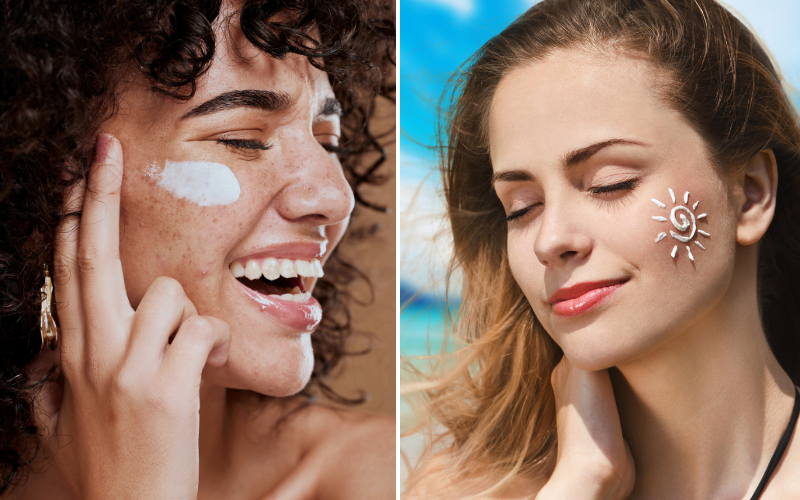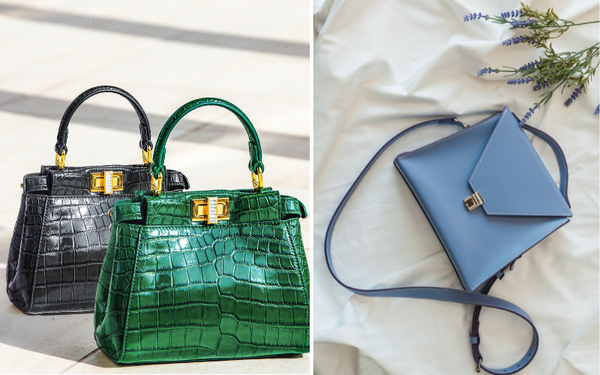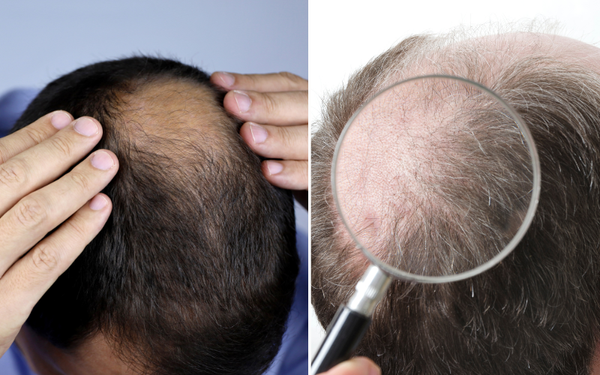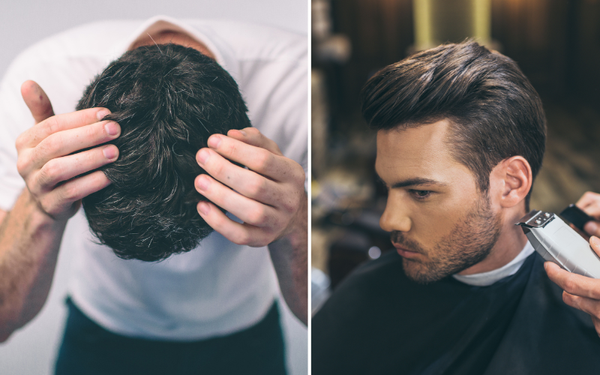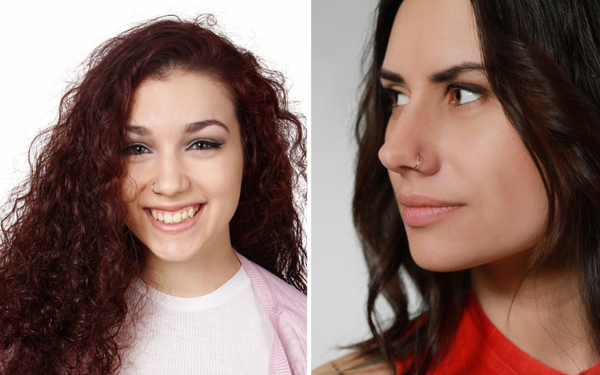When it comes to facial skincare and makeup, the line between cosmetics and skincare products has increasingly blurred over the past few years. This has given rise to an array of products designed to both enhance the appearance and protect the skin. Among these, two products stand out: skin tint and tinted sunscreen.
To the untrained eye, these products might seem similar. Both come in a variety of shades, offer light coverage, and promise a natural look. Yet, they serve very distinct purposes and cater to different skincare needs. This article aims to explore the differences between skin tints and tinted facial sunscreens, shedding light on their unique features.

Skin Tint: More Than Just a Cosmetic Touch
What is a Skin Tint?
Skin tint, as the name implies, is primarily a cosmetic product designed to give the skin a unified and slightly enhanced appearance. It's akin to foundation but is sheerer, lending a light wash of color to the skin. Its primary purpose is to even out minor imperfections and give a "your-skin-but-better" look.
Key Benefits of Skin Tint:
- Light Coverage: Unlike heavy foundations, skin tints offer minimal coverage. It lightly masks blemishes and redness, allowing your natural skin to shine through.
- Hydrating: Many skin tints come infused with moisturizing ingredients, ensuring your skin remains hydrated.
- Breathability: Due to its lightweight formula, skin tint lets the skin breathe, making it suitable for daily wear.
Tinted Facial Sunscreens: Dual Protection and Perfection
What is a Tinted Sunscreen?
Tinted sunscreen is, at its core, a protective skincare product. It provides the essential sun protection of a regular sunscreen while incorporating a hint of color. This eliminates the need for a separate foundation or base, especially for those who prefer a natural look.
Key Benefits of Tinted Sunscreens:
- Broad Spectrum Protection: Just like other sunscreens, tinted versions offer broad-spectrum protection against UVA and UVB rays. This ensures your skin remains shielded from sunburns, premature aging, and risks of skin cancer.
- Even Skin Tone: The tint in these sunscreens provides a light coverage, similar to that of a skin tint. This can help in reducing the appearance of redness, minor blemishes, or discoloration.
- Non-Greasy: Many tinted sunscreens come with a matte finish, ensuring your skin doesn't appear oily or greasy post-application.
Comparing the Two: The Main Distinctions
Now that we've laid out the primary benefits of both products let's highlight the main differences:
- Primary Purpose: While skin tint is a cosmetic product aiming for an enhanced skin appearance, tinted facial sunscreens are protective skincare items with a cosmetic benefit.
- SPF Protection: Generally, skin tints won't have SPF, or if they do, it's minimal. On the other hand, tinted sunscreens are primarily about sun protection, often boasting high SPF levels.
- Formula & Consistency: Skin tints are often formulated to provide hydration and might be creamier. Tinted sunscreens, while moisturizing, prioritize sun protection and may come in a more matte finish.
Which One is Right for You?
Your choice between a skin tint and a tinted sunscreen will boil down to your needs:
- If your primary goal is a slight enhancement in your skin appearance with a focus on cosmetics, skin tint might be your go-to.
- If protection from the sun is your priority but you'd like a product that also offers light coverage, tinted facial sunscreens are the way forward.
Remember, while skin tint might give your skin a beautiful glow, it won't offer much protection against the sun's harmful rays. If you opt for a skin tint, ensure you also apply a broad-spectrum sunscreen beneath it.
Conclusion
The world of skincare and cosmetics can sometimes feel overwhelming with its plethora of products. However, knowing the difference between them ensures you make the best choice for your skin's health and appearance. Whether you choose a skin tint or a tinted facial sunscreen, always prioritize your skin's needs and protection.
You Might Also Like...
